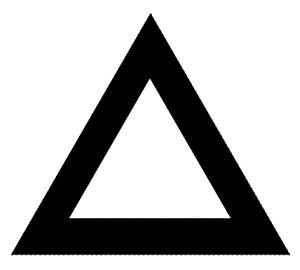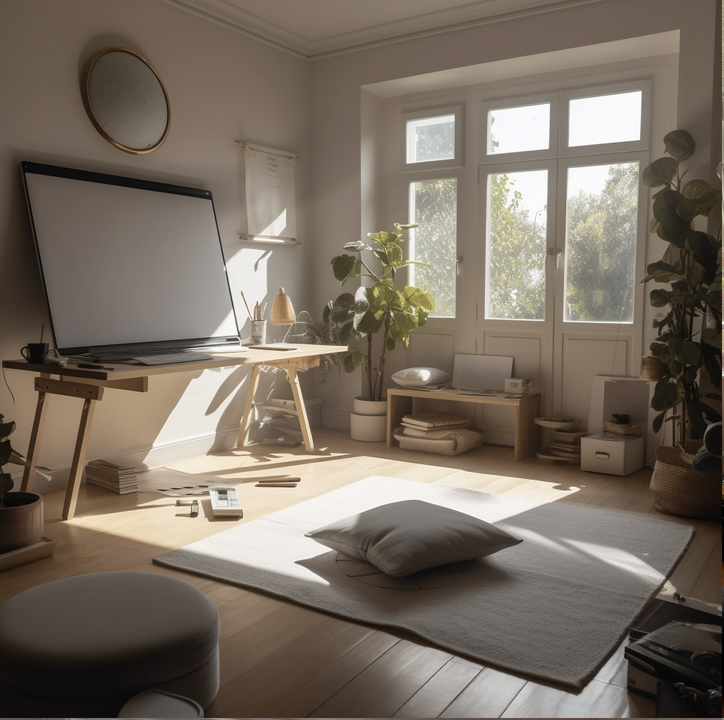Good morning Full Potential beings! The purpose of today’s post is to help you get more done. Why? It can feel very fulfilling to accomplish all the things you set out to do each day.
Some people question whether its better to just flow. I suggest you can do both. Be in the flow WITH structure. Structure your life with schedules and timing , and then just give yourself generous amounts of time to flow within that structure.
So with that said, here’s a simple system that’s helping me stay focused, use or adapt it as you see fit.
1. Prioritize and Time-Track Your Tasks
Start with a clear list of tasks for the day, prioritizing them based on their alignment with your goals. Use a timer to stay focused on each task, a concept similar to the Pomodoro Technique. This method encourages you to work for a set amount of time, take a short break, then start another work session.
2. Develop a Habit List
List your regular habits and keep track of the time spent on each one daily. This could be personal growth habits like reading or professional ones like checking and responding to emails. This list will help ensure consistency and let you see where your time is being spent.
Here’s what I do: I have a google sheet with a tab full of my habits. A column for the time it took to complete each habit. Then I time the habit with a stop watch and when I finish the habit I enter the time next to the habit and move on to the next one.
3. Estimate and Reflect
Before you start, estimate how long each task will take. Over time, this will help you plan your days more effectively and improve your time estimation skills. At the end of each day or week, review your performance, and adjust your plan accordingly.
4. Group Similar Tasks
Batching similar tasks together reduces the cognitive load of switching between different types of tasks, increasing your efficiency.
I have a separate tab in my google sheet for my key results and the actions that help me move those key results forward. I have a column once again for how much time each action takes. I organize actions in order of priority and then I use a stop watch to start to time my focus as I complete them one by one.
5. Delegate and Eliminate
Consider whether tasks that do not significantly contribute to your goals can be delegated or eliminated entirely.
This can greatly sae time. If you don’t know why you’re doing something or there’s an easier or better way that consumes less time, eliminating an action is by far the easiest way to free up time.
6. Use Diverse Tools
Utilize a mix of digital and physical tools. Physical tools like notebooks and whiteboards can be useful for visualization, brainstorming, and reducing screen time. Online tools like Google sheets and an online time tracker you’ll see on your screen the whole time will help you stay focused. (I use a timer called Tempus and another one called Session)
7. Practice Mindfulness and Rest
Incorporate meditation and music into your routine to cultivate mindfulness and manage stress. Schedule regular rest periods to avoid burnout and maintain mental and physical health.
Remember as part of work flow to take breaks from the screen for movement, meditation, music and shifting your state before going back to the level of intensity that this system can create.
When I get done with screen I go into movement to clear my mind. Then meditation with a notebook nearby to write down ideas that flow while I’m taking a break. Then as a bonus for fun and shifting from my logical side to my creative side, I’ll incorporate some music.
8. Incorporate Movement
The combination of these three will definitely help you shift your state.
9. Limit Screen Time
Designate certain times of the day as “screen-free” periods. This can help reduce eye strain and improve focus.
When I give myself prolonged periods of time without screen I feel more clear headed.
Additionally – I like to close my eyes while I write and type so I can limit my screen time even while using the computer.
10. Align Tasks with Strategy
Ensure each task is aligned with your overall strategy and contributes to your key results. Regularly review progress towards your goals, discuss any obstacles, and make necessary adjustments to the strategy.
Know what your key results are, the strategies you are taking to realize these results, to leverage yourself find an RP (Responsible Party) for a key result or for each strategy. Then just track the time using this system for each action item and reflect on progress at the end of the day!
Conclusion
Remember, the most effective system is the one that works for you. It’s okay to tweak and adjust as you discover what best suits your needs. The key is to experiment, refine your approach based on your experiences, and remain flexible to change. Here’s to a more productive you!
Title: The Symphony of Productivity
In the orchestra of life, each day begins anew,
A blank canvas, awaiting strokes of vibrant hue.
Tasks lay before us, as notes on a page,
In the symphony of productivity, we set the stage.
Prioritize, organize, let not time be your foe,
Like a steady metronome, let your focus flow.
Each tick a reminder of the passing scene,
In the dance of duties, be in the supreme serene
Habits are the rhythm, the recurring beat,
Consistent and reliable, making life neat.
Estimate and reflect, learn from the past,
In the melody of mindfulness, make each moment last.
Batch together, the similar tasks,
Efficiency improves, under productivity’s mask.
Delegate, eliminate, in the strategy’s song,
To the harmonious goal, we all belong.
Screen time limited, eyes rest awhile,
In the silence of the break, let your spirit smile.
Move and stretch, let your body be free,
In the rhythm of rest, find your glee.
From digital tools to the humble whiteboard,
In the chorus of creativity, ideas are stored.
A symphony we weave, with each passing day,
In the orchestra of life, we find our way.

